When I started high school, my mother considered me still too young for makeup. So I had no choice but to put on my face behind her back—on the bus, in the girls’ bathroom, in front of basically any reflective surface. I didn’t understand what her problem was; to me, makeup was a logical extension of my artistic bent, except instead of Crayola, my new medium was Maybelline.
I wasn’t alone in breaking the rules. My friend Maria risked not only the wrath of her mother but the Mother Superior—and all the sisters at Queen of All Saints Academy. And Claire, another friend? Her first and only shoplifting experience was to pilfer a pot of lip gloss—a crime of passion, to be sure, because she, like the rest of us, had fallen in love with makeup.
Like most first loves, my cosmetic romance was complicated, confusing, and fraught with mistakes, such as applying so much mascara I had to employ a toothpick to separate my overloaded lashes.
All these years later, things have changed; I still have a relationship with makeup, but I wear less than ever. Is this a victory over my vanity or a sad submission to the invisibility midlife women are told is our fate? Am I liberated, resigned, … or something else?
Read More: Pro Tips for Getting the Best Results When Shopping for Beauty Products
Powder, Paint, and Perception
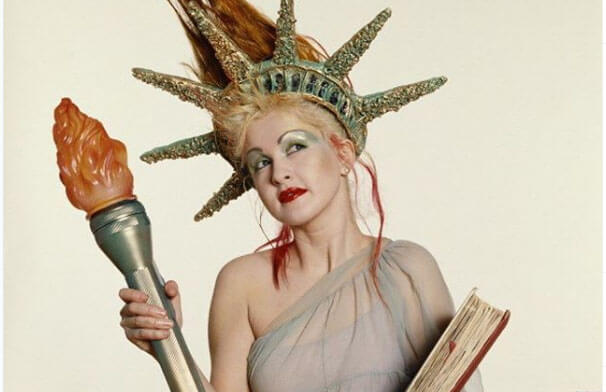
Image: Cyndi Lauper/Instagram
Initially, for me, makeup was a means of self-expression, along with my crazy clothes and wild hair. It was fun, like sex and drugs, but less dangerous. Or was it? I enjoyed experimenting, but soon I was hooked. I felt that I needed makeup—like a lot of women, pretty much since time began.
“As far back as recorded history takes us, women have tried to enhance their attractiveness, however that was defined in their culture. The reasons for this are complex and involve both nature and nurture,” says Distinguished Caterpillar Professor of Psychology Emerita Claire Etaugh, PhD (yes, that’s a real title), at Bradley University and co-author of Women’s Lives: A Psychological Exploration. “Family, peers, advertising, virtually all forms of media and society at large encourage and reward beauty. There may even be a genetic underpinning for humans, especially men, to favor attractiveness. Even six-month-old babies prefer to look at faces that adults have judged to be attractive.”
Babies, I don’t know, but in my 20s and 30s, I certainly wanted favorable attention from men—and my makeup habit intensified correspondingly. Acid green eye shadow, hot pink blush, kohl liner, plus a lipstick spectrum that ran from eggplant to off-white (it was the 1980s, remember). I couldn’t get enough, and, again, I had company. My BFF Gini and I would devote at least an hour to primping before chasing boys and bands around NYC. “I was very pale, my face like a flat, white paper plate, and totally insecure about my looks,” Gini recalls. “Makeup gave me confidence; it was like a superpower.”
Echoes my cousin Aileen: “Makeup was an absolute must. I remember once contracting conjunctivitis and wearing sunglasses to work for a week because I couldn’t put eye makeup on. I also made sure to apply it in the hospital after the birth of my children because I was going to have visitors.”
Laws of Attraction
Research bears out the important role makeup plays, particularly during women’s productive and reproductive years. A 2011 Harvard Medical School study found that women who wear makeup are perceived not only as more attractive but more competent than those who don’t. And 2016 research at Scotland’s University of Stirling also deemed makeup wearers to be more attractive, with males finding makeup wearers to be more prestigious and females saying they were more powerful.
While makeup may make us hirable and desirable, we pay a price for its positive impressions. A 2017 survey by SkinStore found that the average woman wears about $8.00 worth of makeup and skincare products on her face every day—to the tune of a $300,000 lifetime expenditure.
And that number may well go up the longer we stick around. “Women are living longer, staying healthier longer, staying in careers longer and engaging in active pursuits longer,” points out Etaugh. “After retirement and childrearing, many enter an ‘encore’ stage, and a desire to look more youthful and attractive may go along with these added years of vitality.”
Read More: These YouTube Videos Will Help Refresh Your Beauty Routine
Changing Faces
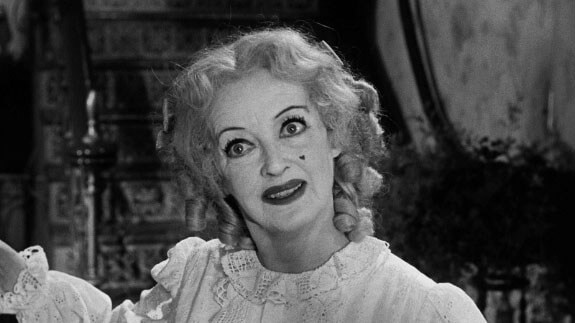
Bette Davis in “Whatever Happened to Baby Jane?”
Living longer and looking good in the process? I’m down for that. Retin-A is one of the most essential products in my medicine cabinet. I hit the gym as often as I did in my youth and dye my hair when I spot errant silvery, Brillo-y strands. Yet despite a 2018 study that found 50‐year‐old women appear significantly younger when wearing makeup, I’ve reached a stage where less is definitely more.
I’ve pared my products down to a minimum: tinted moisturizer to hide my “flaws,” a few pencil strokes to fill in my brows, maybe a touch of blush. I haven’t lifted a mascara wand in ages and rarely use any eye makeup, even though I consider my big dark blues to be my nicest feature. Lipstick? Unlike my American Express card, I do leave home without it.
For the most part, the midlife women I know—single or in a relationship, retired or still gainfully employed—don’t go full Kardashian either. We complain that it takes too long to apply and is a bother to remove. Plus, it’s so dang pricey. And, gawd, if we overdo, we fear resembling Bette Davis in Whatever Happened to Baby Jane?
But on an emotional level? We simply no longer feel the need.
“For many women, the use of makeup and other enhancements such as plastic surgery increases when they notice signs of aging, but others become more satisfied with and accepting of their appearance,” says Etaugh. “They’re perhaps even somewhat relieved to no longer feel compelled to rely on artifice.”
For me, it’s neither a triumph over societal pressure to uphold a standard of beauty nor a defeated acknowledgement that nobody looks at me anyway. Instead, it’s a kind of bittersweet confidence, a comfort level with my own largely unadorned face. And creatively? I’ve picked up my sketchbook again.
Gini sums it up perfectly: “These days, if I decide to put a little effort in, it’s for me and how I feel about myself, not for the outside world. Someone isn’t going to love me or hate me based on whether I’m wearing eye shadow or not. They’re going to love me because I’m me.”
***
A native Brooklynite, Nina Malkin has written for everyone from hoity-toity fashion magazines to trashy tabloids to the New York Times. She’s the author of six books, including the paranormal romance novel Swoon and the memoir An Unlikely Cat Lady: Feral Adventures in the Backyard Jungle.

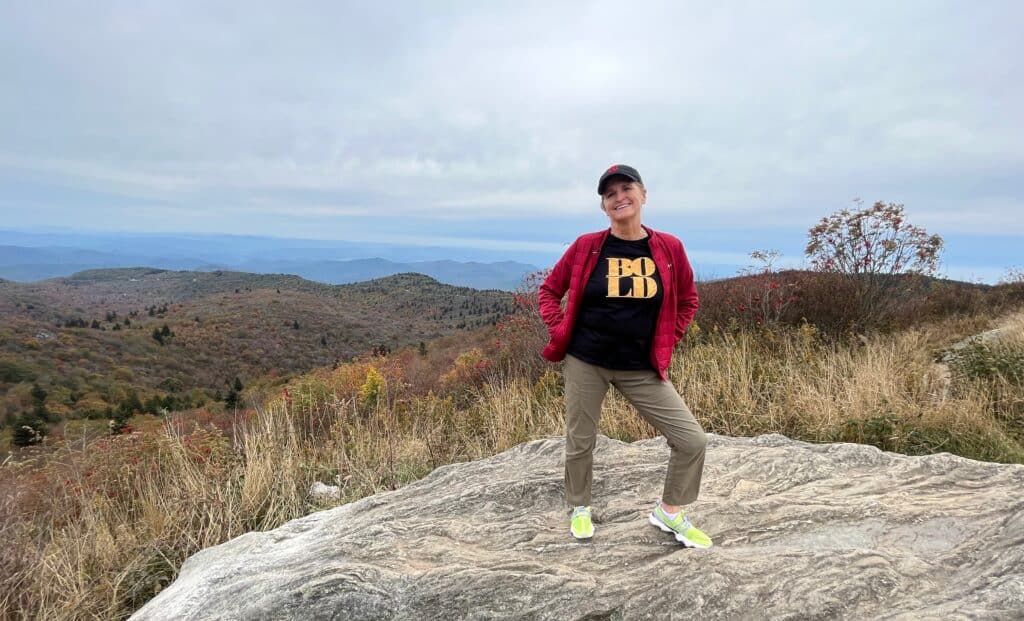















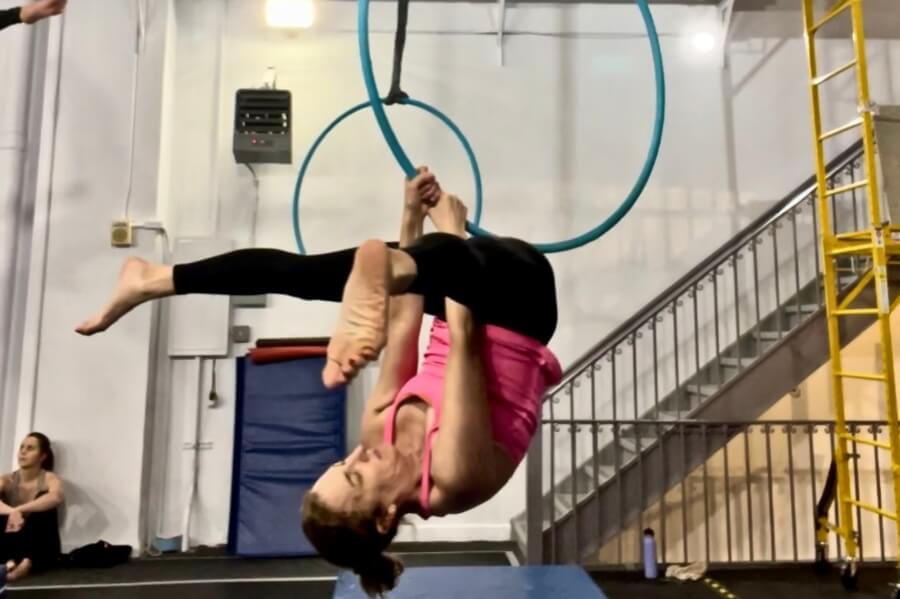
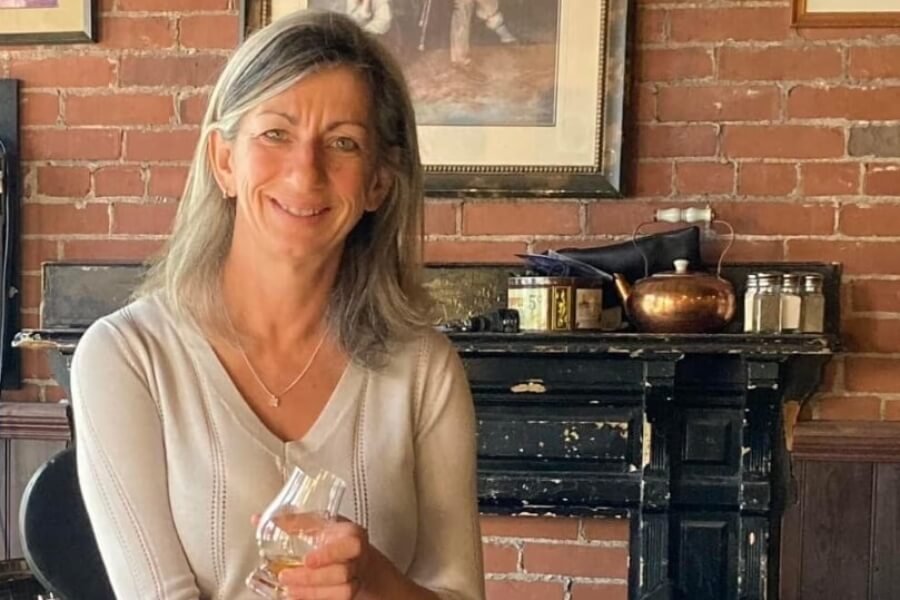
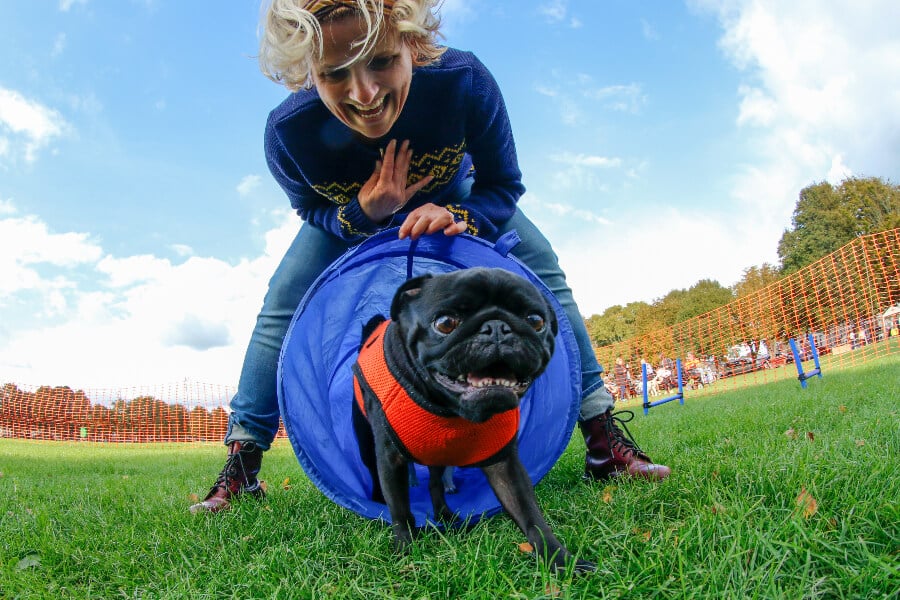
0 Comments